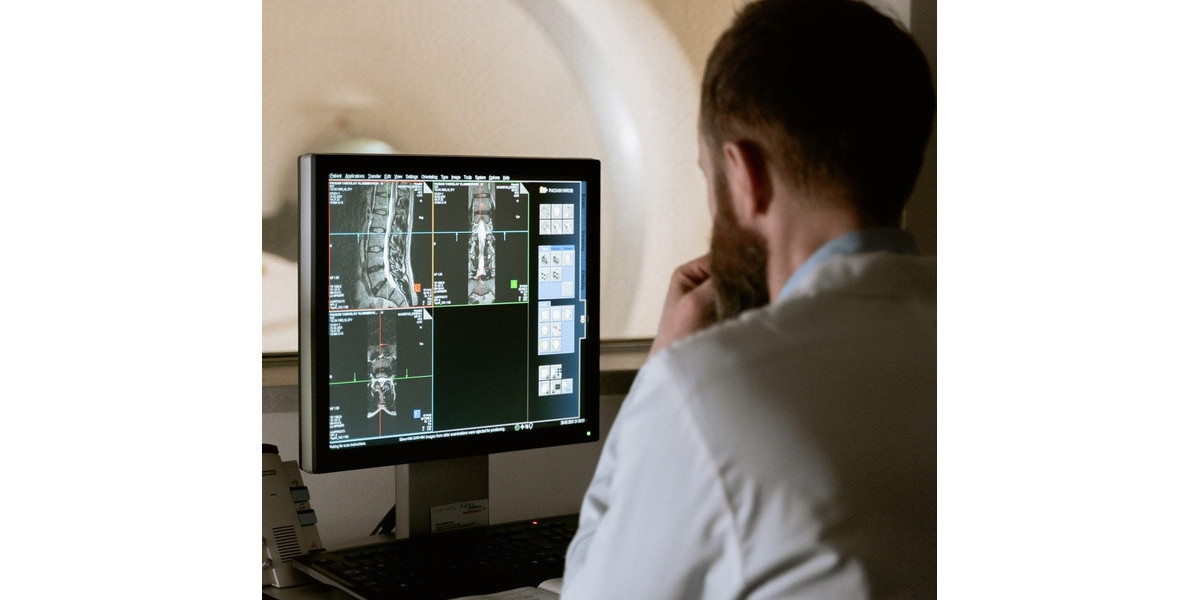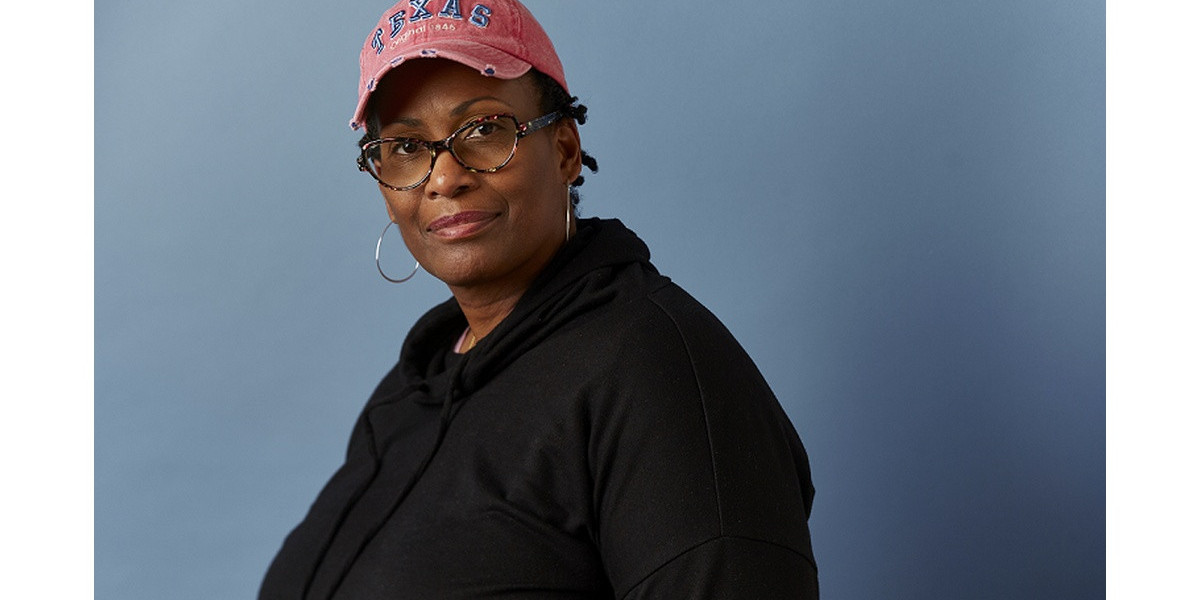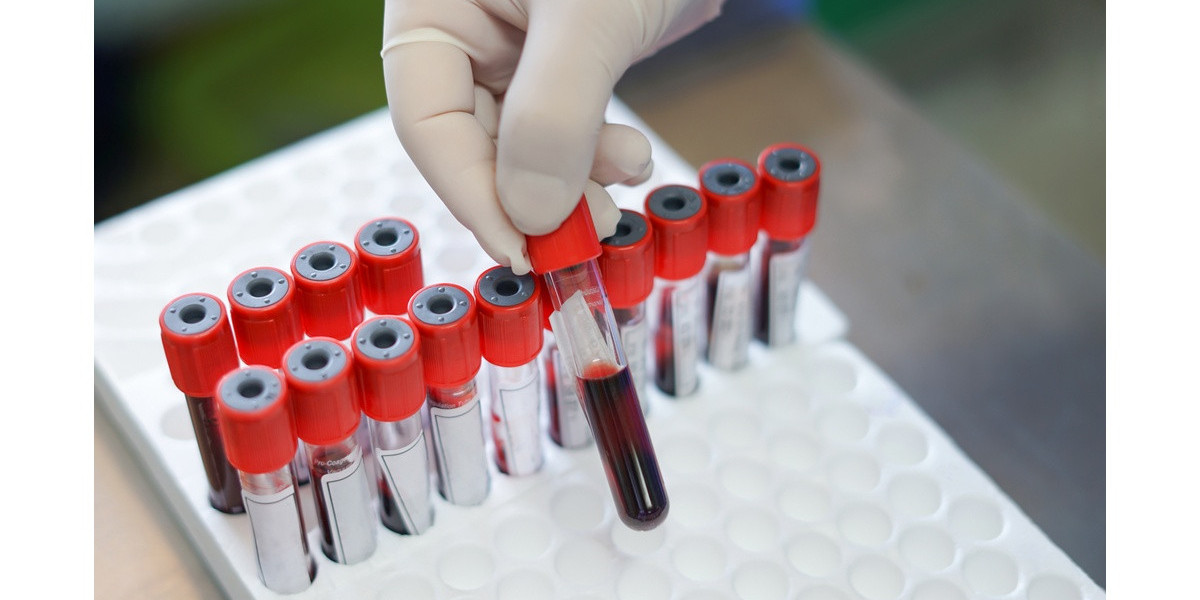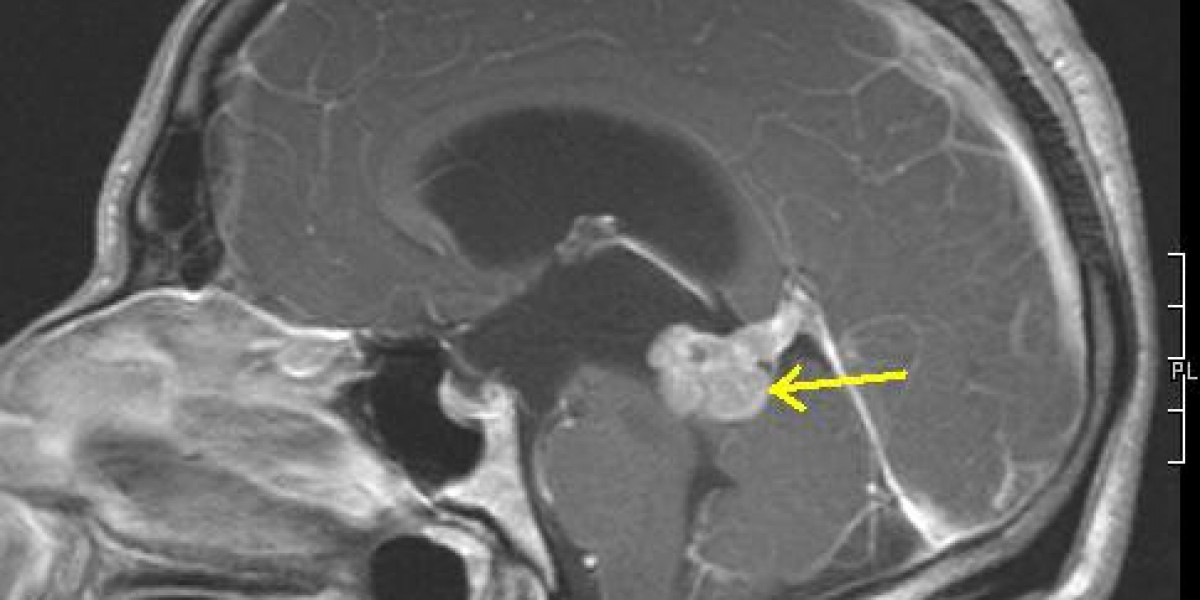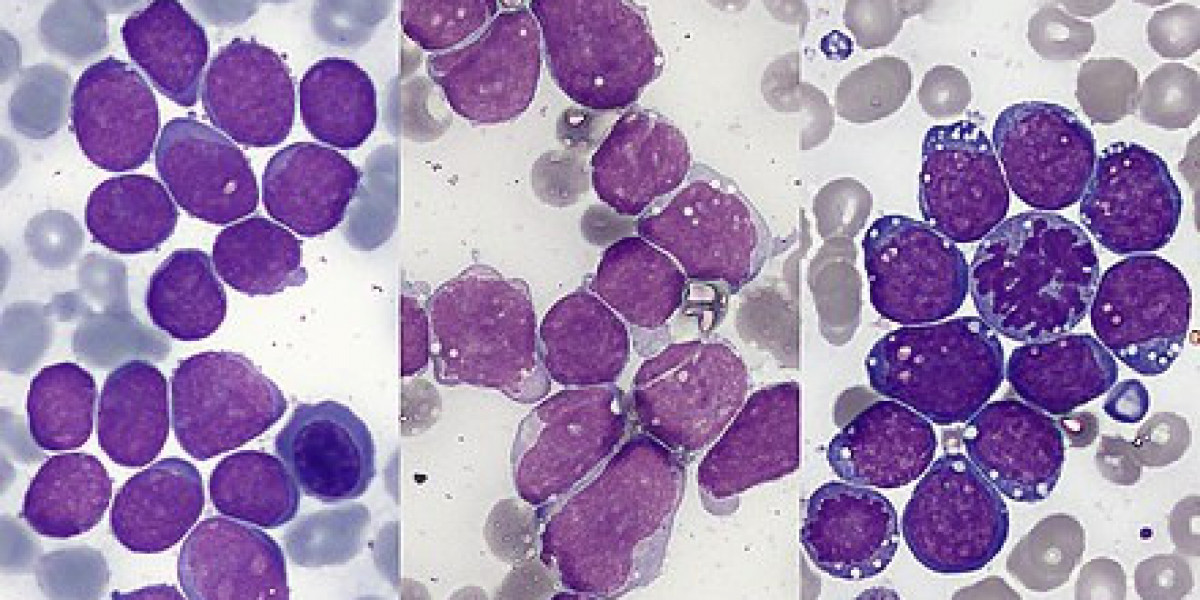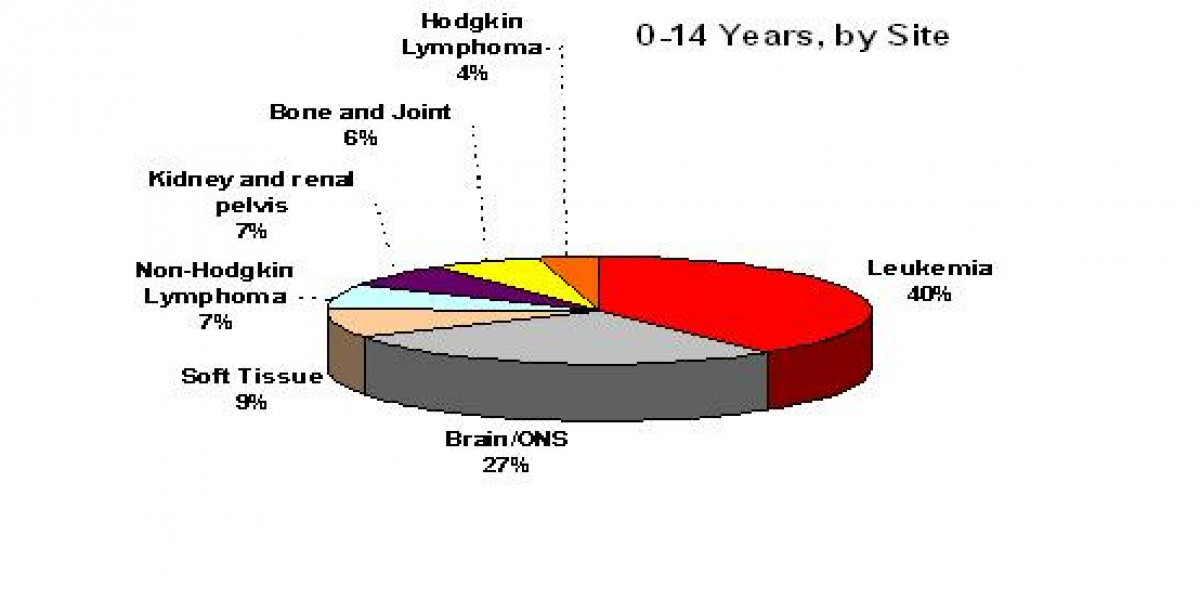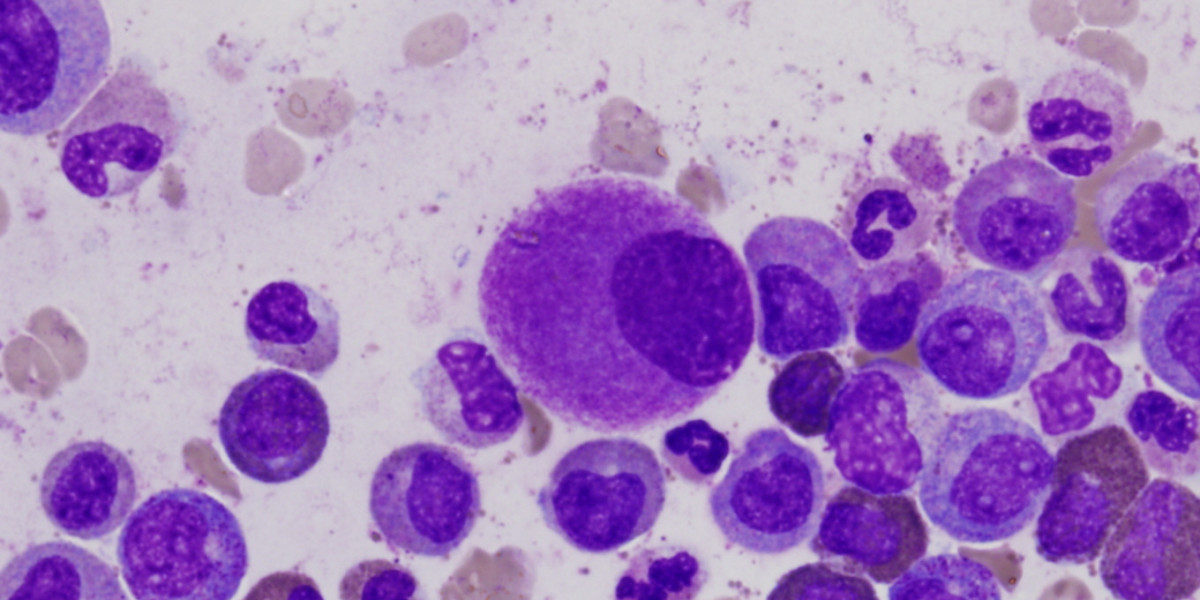Diagnosis and Treatment for Bladder Cancer
Learn about the diagnosis and treatment process from bladder cancer survivors and medical experts. Discover diagnosis and treatment options./p>
One or a combination of several of the following tests may be used to diagnose bladder cancer:
Cystoscopy, in combination with a biopsy, is typically used as the definitive test for bladder cancer. However, different tests may be used depending on your symptoms and personal situation.
[during the cystoscopy] they’re basically slipping a tiny tube with a camera through your urethra to head on into the bladder and have a look-see around. That’s being shown on a screen.
If it appears that the bladder cancer has spread, your doctor may recommend additional tests to see if it has spread to other parts of your body. This helps when determining the grade of bladder cancer. Some of the tests to diagnose the extent of bladder cancer include:
We had the abnormal CT, the extra scope that was abnormal, and then the surgical procedure to biopsy this growth that he saw to see more of what was going on.
When bladder cancer is diagnosed, it is also given a grade. Grading is done on a scale of 0 – IV, with IV being the most severe. Grading for bladder cancer is based on the TNM scale, which essentially assesses how far the tumor has grown through the bladder wall if it has spread to the lymph nodes, and if it is metastatic.
Your doctor may perform additional diagnostic tests to grade the bladder cancer. While all bladder cancer is important to treat and monitor, the higher the grade, the more urgency there is for action.
Visit ourbladder cancer overview pageto learn more about staging.
There is no one set treatment plan for bladder cancer. Treatment options and recommendations will vary based on several different factors, including:
When working through the treatment options with your care team, it’s essential to ask questions and understand each treatment’s benefits and potential side effects.
As you may have noticed, transurethral resection is one of the procedures used to diagnose bladder cancer. However, it can also be used to treat early-stage bladder cancer.
A TURBT uses a resectoscope to go into your bladder through your urethra to remove abnormal tissue or tumors.
Occasionally, a surgeon will need to perform fulguration after removing a tumor. This involves using a high-energy laser to burn any potentially remaining cancer cells.
A TURBT is considered a surgery, but the side effects are generally mild, and most people can go home from the hospital the same day as the surgery.
When bladder cancer is invasive (it’s spread into or through the bladder muscle wall), you may need to have a cystectomy to remove either part or all of the bladder.
If you have to have your entire bladder removed, you will require reconstructive surgery to allow your body to store and pass urine. The different types of reconstructive surgery include:
What type of diversion am I going to have? Did I want to have a bag? No, I’m 52 years old. Why would I want a bag if I don’t have to?
Unfortunately, there are several side effects associated with all types of cystectomies, including:
Depending on whether it was a partial or radical cystectomy, both men and women can be impacted sexually by the surgery. Men may lose the ability to produce sperm or get an erection, while women may lose the ability to orgasm, and sex may become uncomfortable.
Chemotherapyis a form of drug therapy used to kill cancer cells or prevent them from dividing. As a treatment for bladder cancer, chemo is typically given in one of two ways:
Chemotherapy can be given before surgery to shrink a tumor pre-operation, after surgery to prevent the chances of cancer returning, in combination with radiation therapy, or as the main form of treatment for bladder cancer.
The one that I wanted was the dd-MVAC (dense-dose methotrexate, vinblastine, adriamycin, and cisplatin). You go in one day and they give you two of the drugs. Then you go in the second day and they give you the rest of them. That’s for two months, two times a week, every other week for two months.
Immunotherapy is a treatment used to help a patient’s immune system fight cancer. Before starting immunotherapy, your doctor may recommend running biomarker tests to identify the most effective drug.
For this type of cancer (urothelial bladder cancer), BCG is immunotherapy. It’s actually the tuberculosis vaccine and it’s the most effective treatment.
Targeted therapy blocks cancer-causing actions by proteins, enzymes, and other molecules. Some commonly used targeted therapy drugs for the treatment of bladder cancer include enfortumab vedotin, erafitnib, ramucirumab, and cacituzumab govitecan-hziy.
The possibilities for bladder cancer treatment are ever-growing. If there isn’t a viable treatment option for you, there may be a clinical trial that you can enroll in. To find active bladder cancer clinical trials visit the NIH’s Nation Cancer Institute’ssupported clinical trial search.
While there are several options for treating bladder cancer, different approaches may be taken at different stages of the cancer.
While these are the standard treatments for each stage of bladder cancer, your treatment plan may vary based on your situation and how the cancer progresses.
PREVIOUS: Bladder Cancer Causes & Symptoms
Your email address will not be published.Required fields are marked*
Comment*
Name
Website
Save my name, email, and website in this browser for the next time I comment.
Δ
This site uses Akismet to reduce spam.Learn how your comment data is processed.
Originally published on The Patient Story: https://thepatientstory.com/patient-stories/bladder-cancer/diagnosis-and-treatment/
